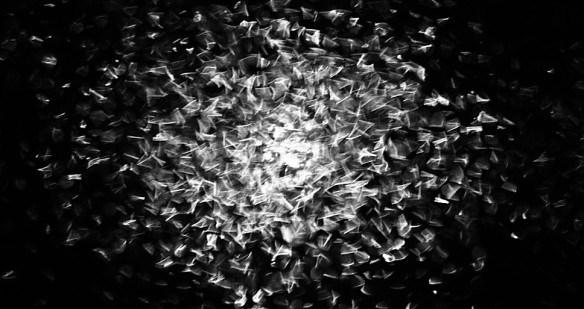[Admin’s note: This is part 1 of 2 from Lauren’s reflections on the 7-day Guan Yin retreat. During the Guan Yin session, participants recite the name of Guan Yin Bodhisattva. In our Chan tradition, meditation brings the mind back to whatever method of practice we are doing, whether it’s mental awareness, reciting, bowing, etc… Inevitably, the mind wanders off, and we gently bring it back. Once familiar with the motion of wandering off, we see what compels the mind to stray and develop a resistance against the habituation of that emotion.]
On the first day of the Guan Yin session, my mind was scattered, unsettled about leaving my home in the middle of two summer school classes, still caught up in thinking about the Fulbright application that I should have been working on, where I would live next year, and what I would teach in the fall. I did not feel at ease in the afternoon, but rather conflicted. Already a flood of powerful emotions had arisen and out of nowhere I began to cry. All evening and into the next morning, even though I could not identify the cause, I could not stop the tears from welling up.
For a moment I forgot my grief and laughed out loud: this bird looked so ridiculous, so stupid slipping on the smooth floor in the classroom, scared, not knowing how to escape.
When I walked into the university building for evening lecture, I heard the sound of a bird crying. Following the despairing voice, I found a large bird the size of a peahen but with a red neck trapped in one of the classrooms. For a moment I forgot my grief and laughed out loud: this bird looked so ridiculous, so stupid slipping on the smooth floor in the classroom, scared, not knowing how to escape. I opened the door to the outside and stepped toward the bird to usher him toward the door. The frightened bird flew up, hitting the ceiling before heading toward the light and bumping into a closed window. His will for liberation was so strong that that bird gave no thought to the risk, but instead pushed with all his might, completely fearless of the pain, and broke through the window. Glass shattered and the bird was free. Suddenly, I wasn’t laughing anymore.
After reflecting on the bird’s breakthrough, I began to see the thoughts that arose and the pain that was felt as a sort of semi-transparent barrier that obstructed a potential awareness of real understanding.
Soon after, a kalyāṇa-mitra asked me if I felt like that bird. Didn’t I also get myself trapped in my past habits and mental constructs that limit, indeed form boundaries much like glass windows to who is really experiencing what in my mind? Was I not also running into the windows of my mind like the giant bird in the classroom, windows that give the appearance of being seen through clearly, when in fact grasping after these karmic habits impedes freedom? After reflecting on the bird’s breakthrough, I began to see the thoughts that arose and the pain that was felt as a sort of semi-transparent barrier that obstructed a potential awareness of real understanding. Just as the bird paid no attention to the glass, I should also disregard what arises from past karma. To do otherwise would be to be like the bird trapping himself in the classroom and slipping on the floor, stumbling, uncomfortable, crying out in anguish to be released. When the pain seems unbearable, the image of the bird shattering the clear barrier reminds me that there is a way to get out of habituations: calmly, with great resolve, push through, one recitation at a time with the confidence that moment by moment the karmic forces from time without beginning can change.

